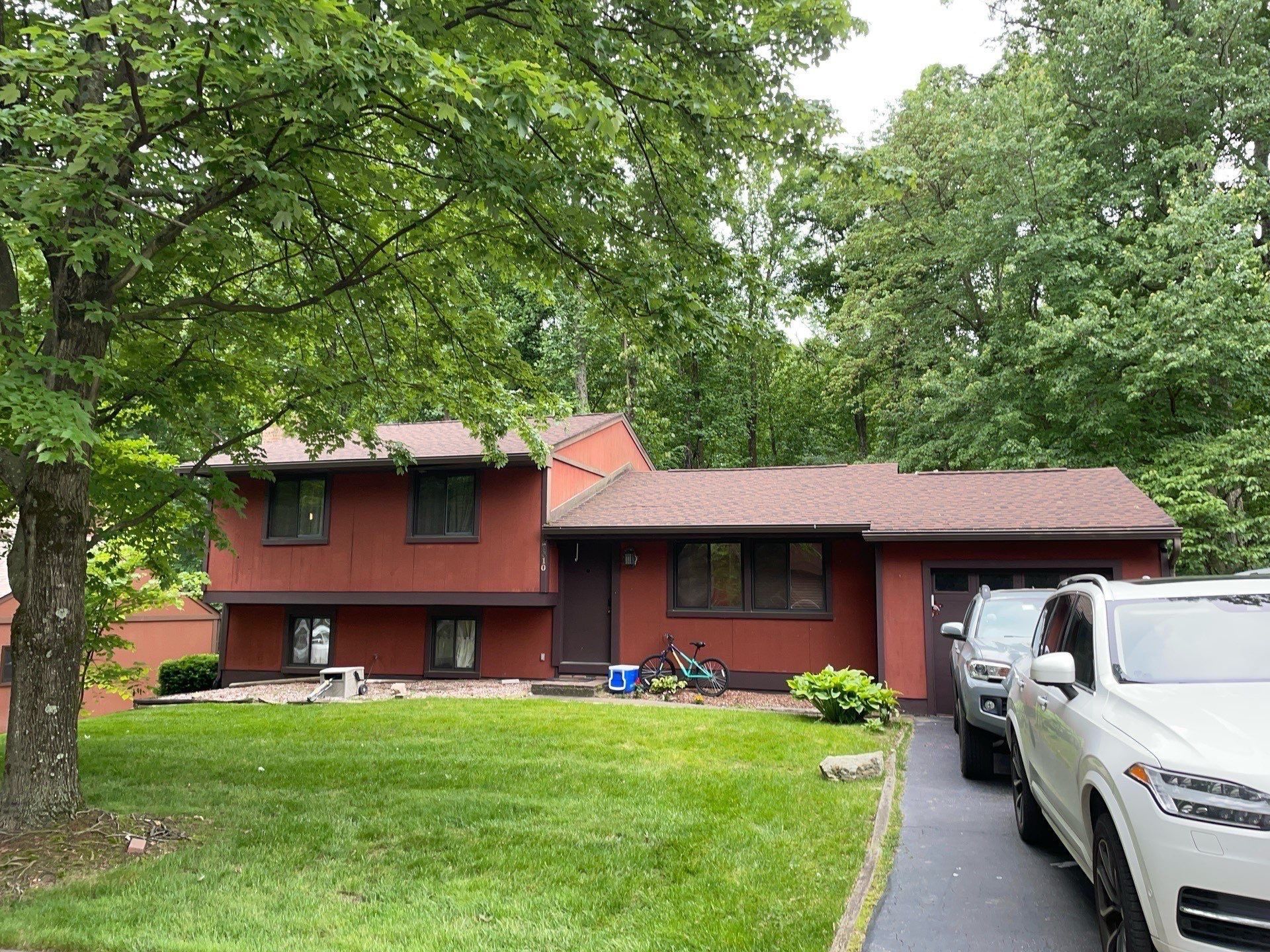Home insurance is designed to provide peace of mind for when damages occur to homes. Like a safety net to catch you after a big storm knocks the floor out from under your feet, sometimes literally. But there are some things to consider before going about the process of submitting a claim to your insurance company.
Our area has seen several Nor'easters this past spring which are notorious for causing wind damage to shingles that require roof restoration projects. As weather warms it also becomes more likely a thunderstorm will rumble through our area that can cause significant roof and siding damage. If either of these happen to you, it may seem like a logical first step is to call your insurance company, report the damage and have an adjuster come evaluate the potential cost.
While this is a common thought, it could actually cause issues down the road. Counterintuitively, instances of light damage can cause some of the most frustrating issues with siding and roofing insurance claims. For example: your deductible is $5,000 dollars but there's only $1,200 worth of repairs that need to be addressed.
Obviously you aren't going to use insurance to cover these low cost repairs. But if you've already submitted a claim you still have an insurance claim on record, even if it's for $0.
Insurance companies keep track of your claims history, even if the insurance claim is not paid out. Having a history of frequent claims, regardless of whether they were paid out or not, can affect your ability to obtain insurance coverage in the future and may result in higher premiums. Even worse yet, excessive claim history could result in cancellation of your policy all together.
The best approach to assessing storm damage to either your roof or siding, is far more nuanced that it seems at first. The best first step is to reach out to reputable contractors in your area who are willing to come and assess the damage for free. Roofing and More offers no obligation, no cost Project assessments and are happy to help you evaluate your needs.
By starting with an estimate from reputable contractors you avoid the necessity of notifying your insurance company if the damages are minimal. This prevents you from incidentally adding a $0 claim to your insurance record and provides further insights about how to best proceed. I.e. with a repair or replacement and the potential cost of each.
Submitting a home insurance claim can be a stressful process and we want you to have all the information you need to make the process as easy as possible. Finding wind or hail damage at your home can come with a lot of anxiety and Roofing and More is here to help you protect your home.
Selecting a Contractor
Selecting the right contractor is the most important element of any home restoration project. It is important to note that many insurance companies have preferred service providers that they frequently work with. However, this doesn't inherently mean they are the best choice for your project.
You want to make sure the contractor is experienced in their field and has references for working on roof insurance projects. Or working with siding insurance claims depending on the nature of your damages. It's also a good idea to consider the full scope of the project so you don't have to coordinate with multiple contractors. Roofing and More offers full exterior services and can take care of all of you restoration project needs.
You should still evaluate contractors the same as you would for any project and find the best option for you. You can reference our blog on how to select a contractor for more information about this topic.
Roofing and More has over 30 years experience in exterior home restoration including both roof and siding restoration projects.
Be Proactive
It's your home and how to best care for it is your decision. Whether you decide to file a claim or pay out of pocket is up to you and why it is important to get all the possible information prior to contacting your insurance company. Learning the difference between wear and tear and storm damage to your roof and siding can also help prevent needlessly filing an insurance claim.
There is little you can do to prevent storm damages from occurring. But there are still many ways to be proactive, such as staying informed about your homeowners insurance companies policies, different types of siding and roofing materials, and the process of filing a claim. As well as the costs associated with repair and upkeep and keeping close tabs on the condition of your home.
Letting issues persist can often lead to additional issues such as water damage. Some of these associated damages may not be covered in your policy. The best practice is to reach out to a professional contractor as soon as you recognize the issue to assess damages and give you an idea of replacement costs.
Obtaining as much information as possible before deciding to file a homeowners insurance claim not only enables you to make informed decisions but also helps speed up the process.
Another part of being proactive is keeping your insurance company up to date about any work you've do to your home. If you have recently replaced your roof you may be eligible for reduced rates on your policy. The same is true when it comes to siding. Regardless of the work, updating your insurance company about projects you complete not only ensures you have the right coverage but it also helps illustrate your diligence in caring for your home.
If you have any other questions about storm damage at your home give us a call and we can have an experienced project consultant come evaluate potential damage. If they identify any issues we can also advise you on the best way to proceed.
Subscribe to Roofing & More Inc.'s Blog




